Peak Design’s Slide is now my favorite camera strap – here are four reasons why
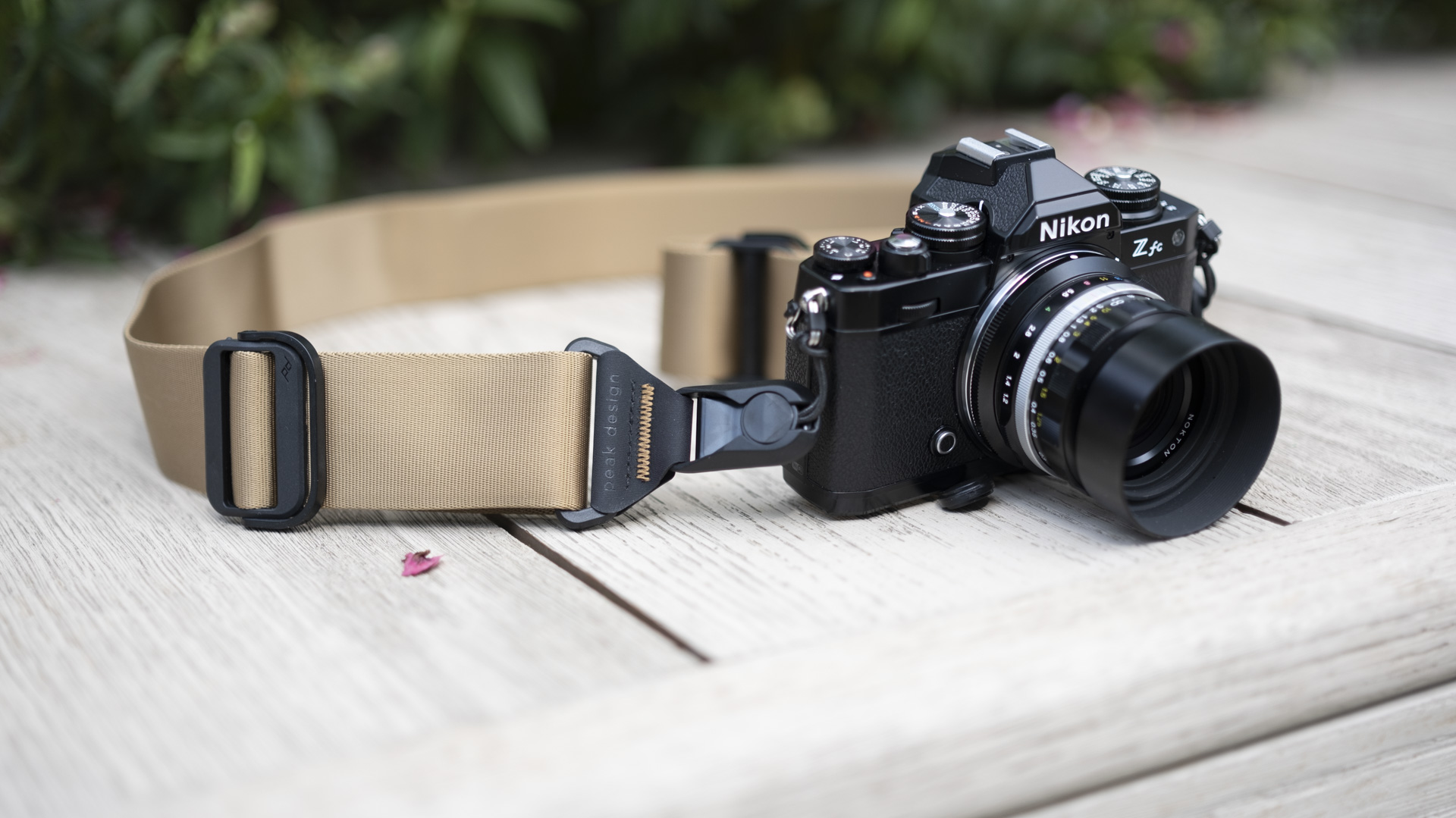
Camera straps aren't exactly sexy, but they're an essential accessory for photographers who regularly lug camera gear around.
The trouble is, most 'proper' cameras, including the best mirrorless cameras, only come with a basic strap that threads through the camera's eyelets and is fixed in position, making any adjustments a slow and awkward process; and that's not to mention the modest quality of the straps themselves.
The new(ish) Peak Design Slide is an altogether different proposition.
The Peak Design Slide is available now and costs $69.95 / £59.99 / AU$109.95 while the thinner Slide Lite, which better suits enthusiast and beginner-level cameras, costs $59.95 /£49.99 / AU$94.95.
It's available in several colors: Black, Ash, Midnight and Sage, plus the latest edition recently sent to me by Peak Design and pictured in this feature, Coyote.
I've been using the Slide strap for several months as my primary camera strap for multiple cameras, including a mirrorless camera, and more recently when I dusted off my DSLR to use it for the first time in years; and it has transformed the way I carry gear.
From quick adjustments and changing configurations to switching between multiple cameras, plus the strap quality, here's why I rate the Slide so highly – and why you should seriously consider making it the next accessory you buy.
1. The modular Anchor Link system
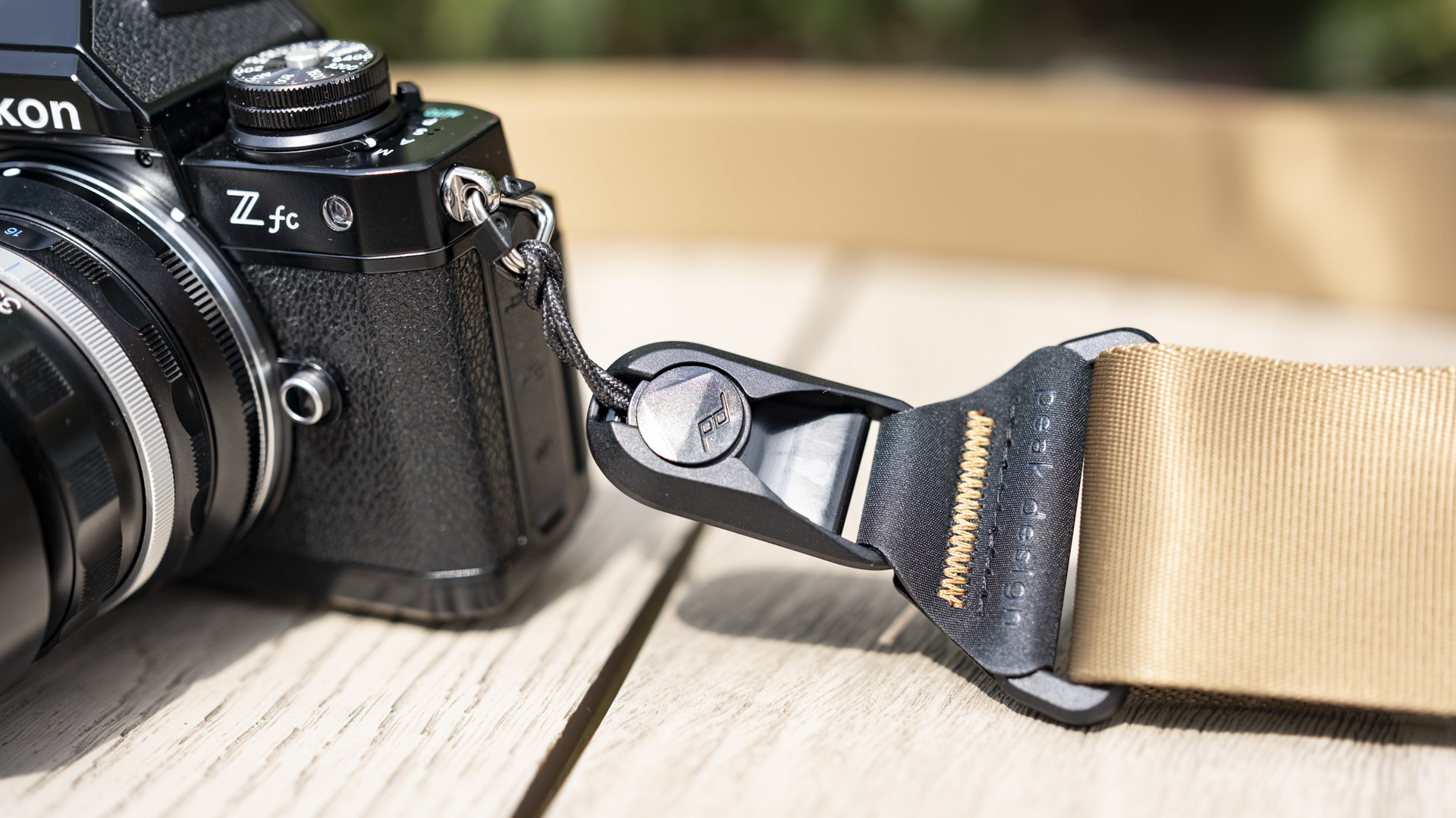
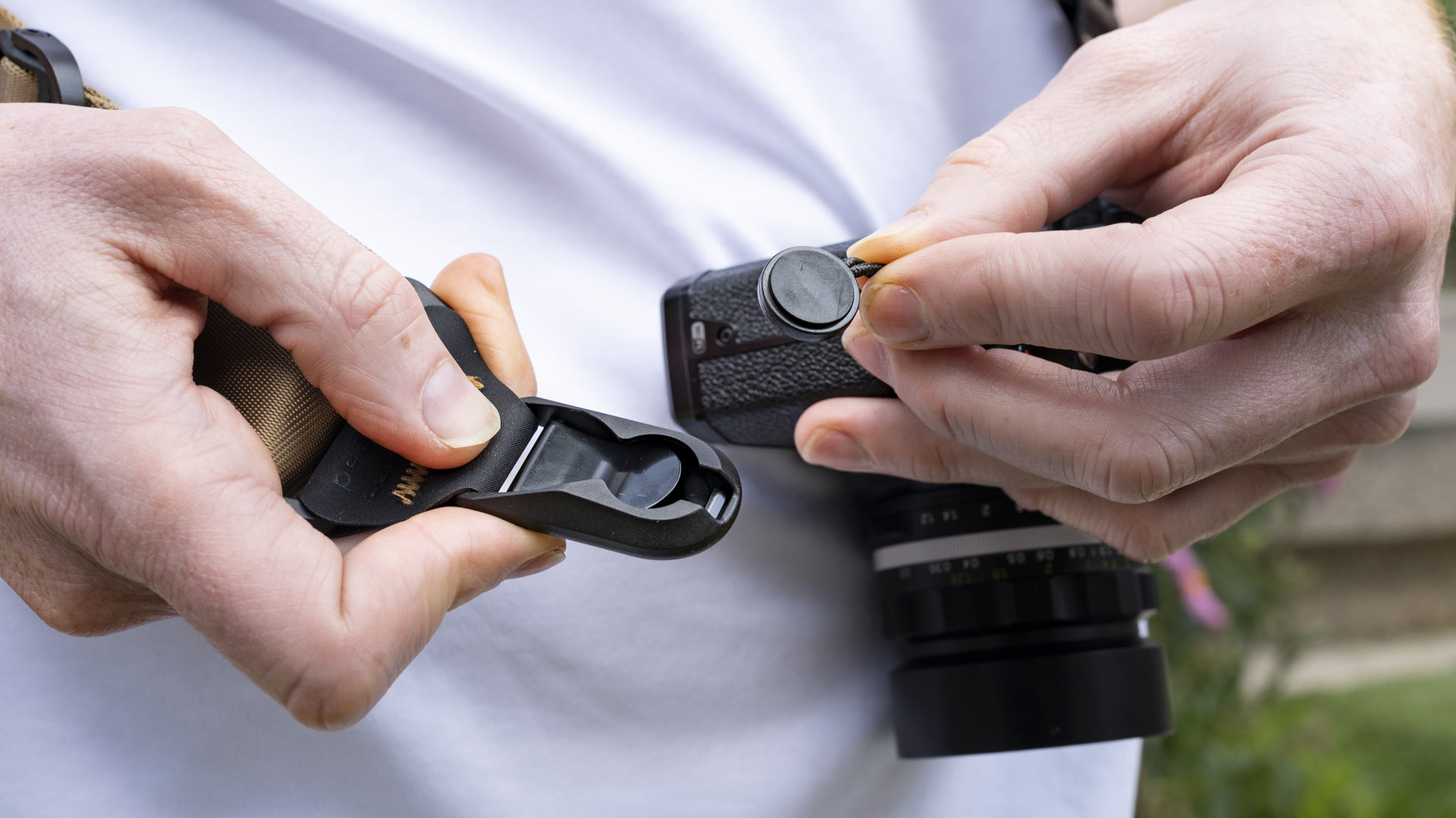
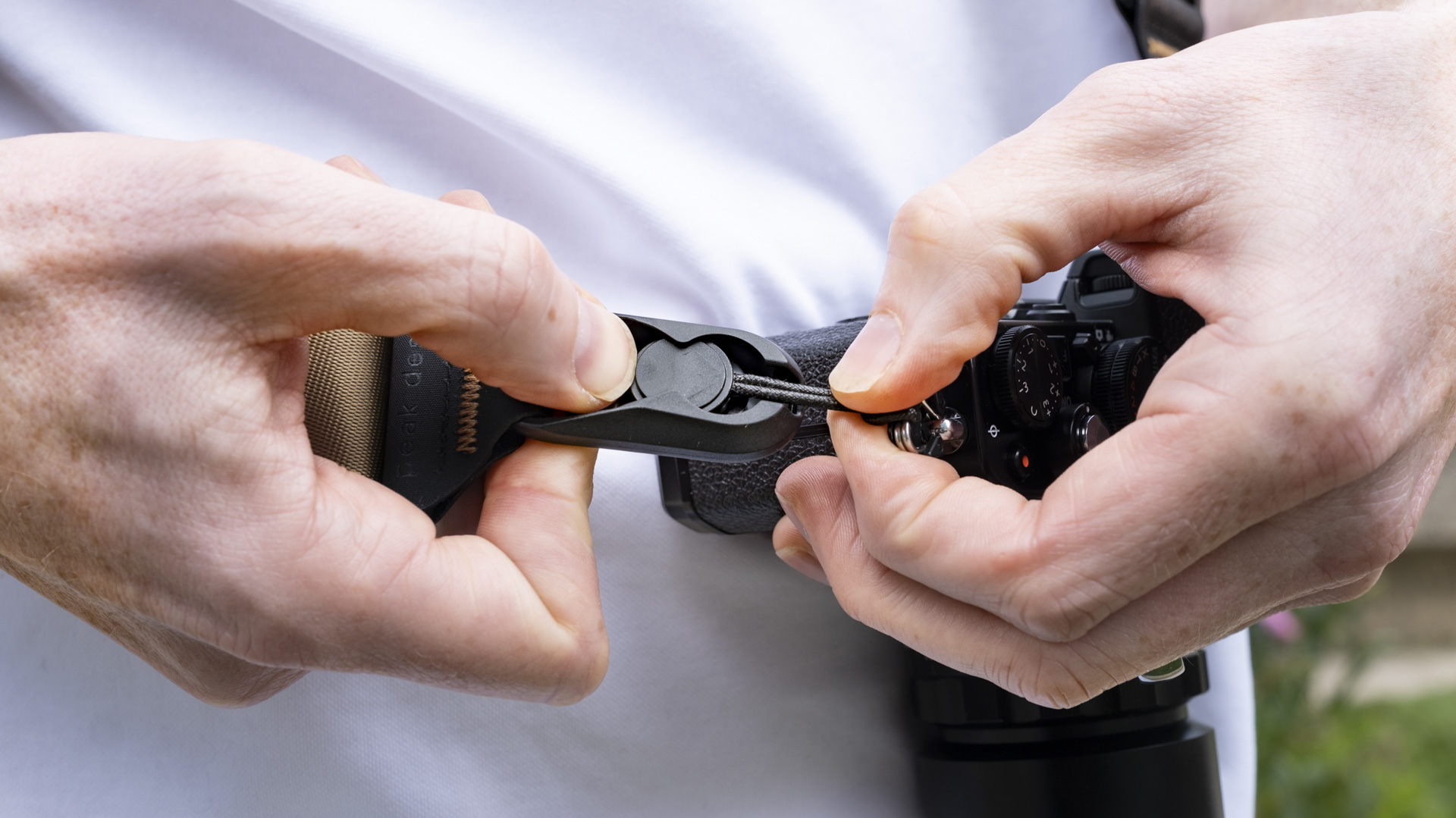
The Slide – there's also a Slide Lite for smaller cameras – doesn't attach directly to your camera, but rather to 'Anchor Links' that remain fixed to the camera's eyelets, or the supplied 'Anchor Mount'. You then slide the strap's buckle into the Anchor Link and it clicks securely into place, and it can be quickly removed by pressing in the Anchor Link to release.
Both Slide straps are supplied with an additional pair of Anchor Links, so you can have two cameras ready to go with a single Slide strap – in my case a Nikon Z6 II and a loaned Nikon Z fc (pictured) – plus you can buy additional Anchor Links if you need them ($24.95 / £24.99 / AU$39.95) or if you love the system but prefer an alternative strap to the Slide.
Sign up for breaking news, reviews, opinion, top tech deals, and more.
You also get a tiny 'Anchor Mount' base plate (see below) in the box that attaches to the camera's tripod thread, and can accept the Anchor Links for a different Slide configuration depending on how you want to carry your camera: using a sling, neck or shoulder strap. The speed and ease of attaching, adapting, and removing the strap is super-handy, though the Anchor Links can knock against the side of your camera when a strap isn't in play.
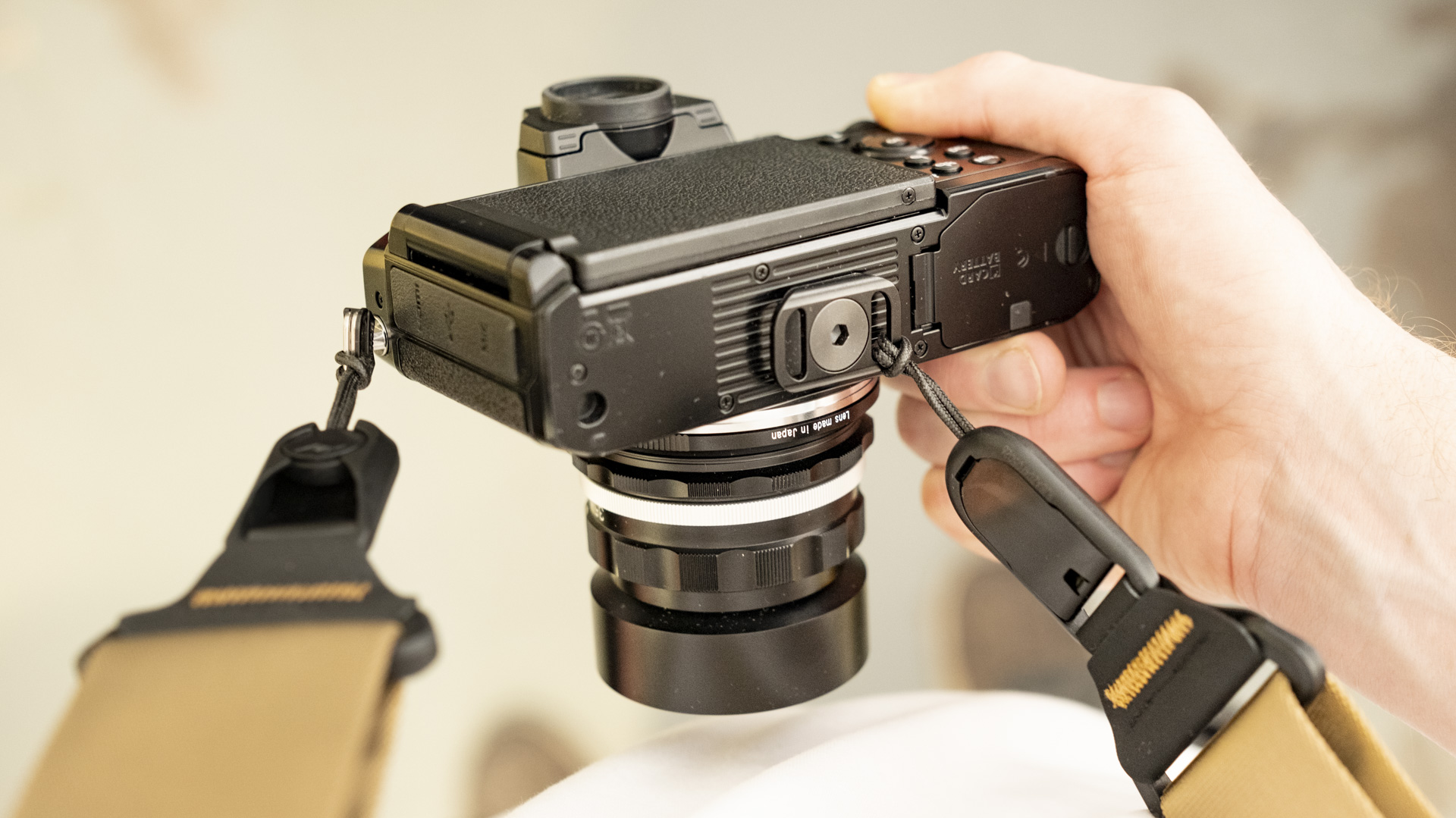
2. Easy use with a tripod
Because the cord of Peak Design's Anchor Links has such a low profile, you can place it between your camera and a tripod plate and securely fix it in place. With the Anchor Link beside a tripod plate on the underside of your camera (the above picture is the Anchor Mount and not a tripod plate), you can quickly switch between carrying your gear with the Slide strap and mounting your camera to a tripod – you simply unclip the strap.
Ideally, you don't want a strap attached to your camera when you're using a tripod – it can get in the way and even compromise the stability of your setup on windy days. And there are many photo and video creatives like me who regularly switch between handheld and tripod use, so speeding up the process is supremely helpful.
3. Quick and easy adjustments
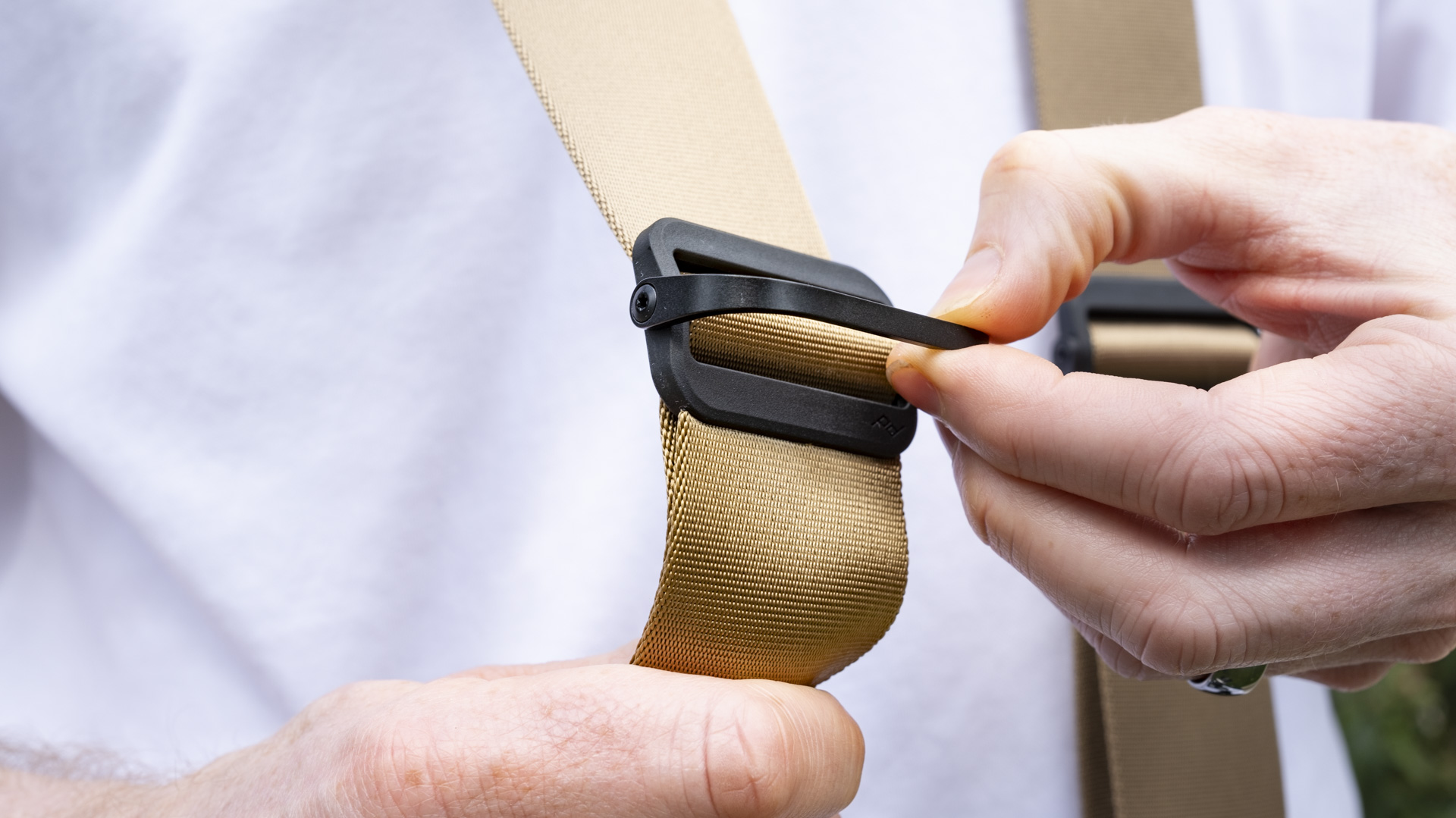
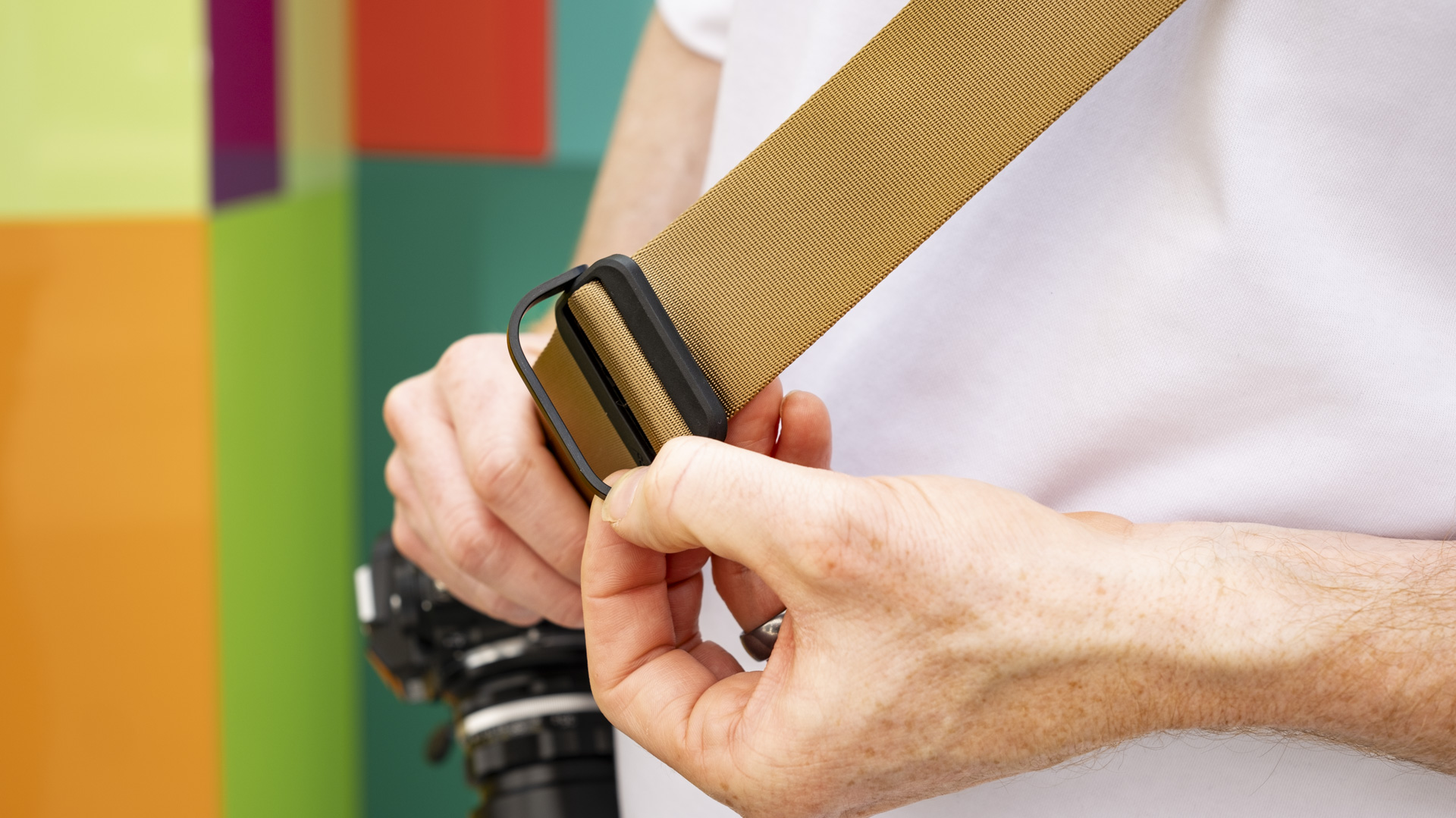
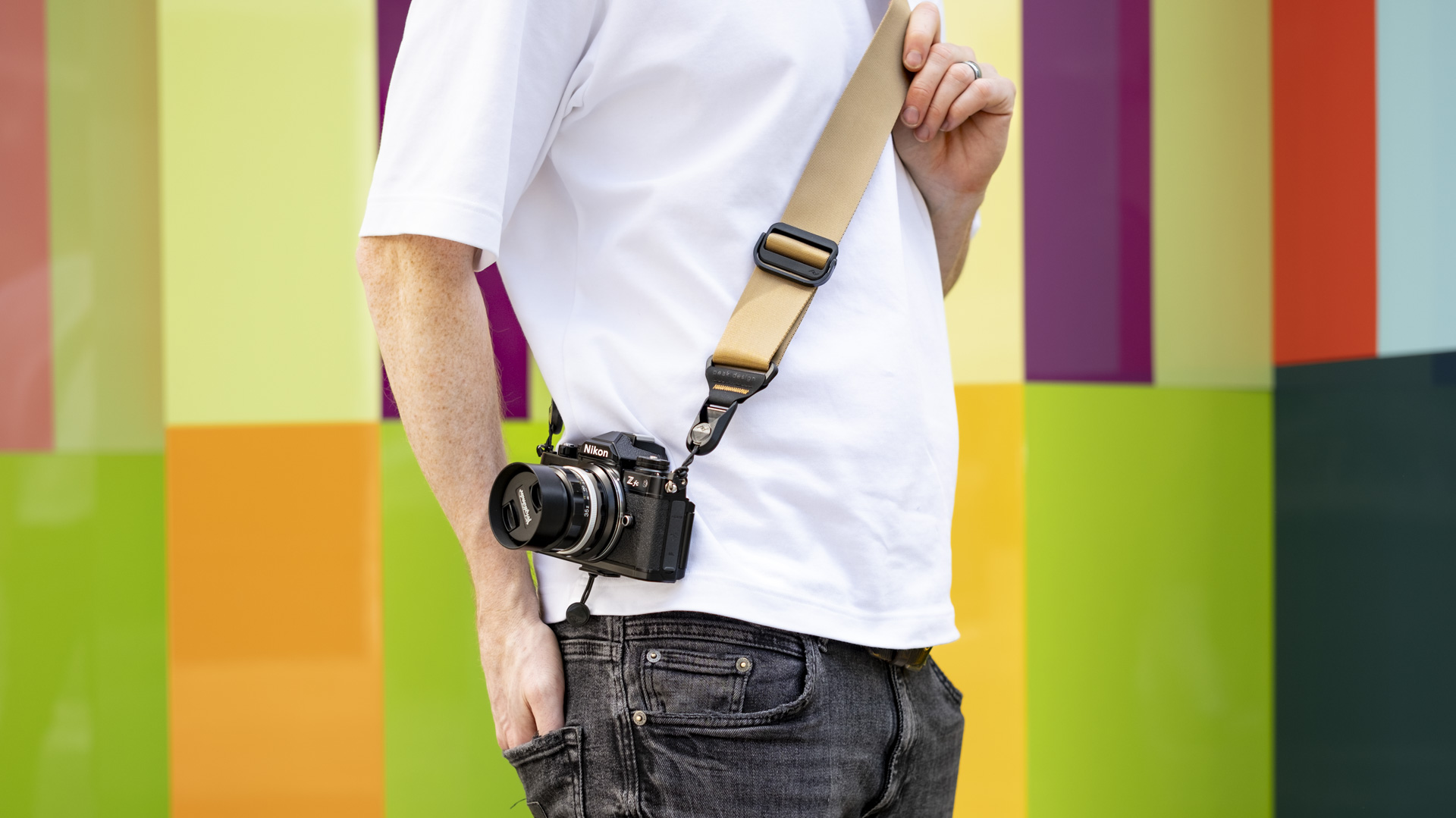
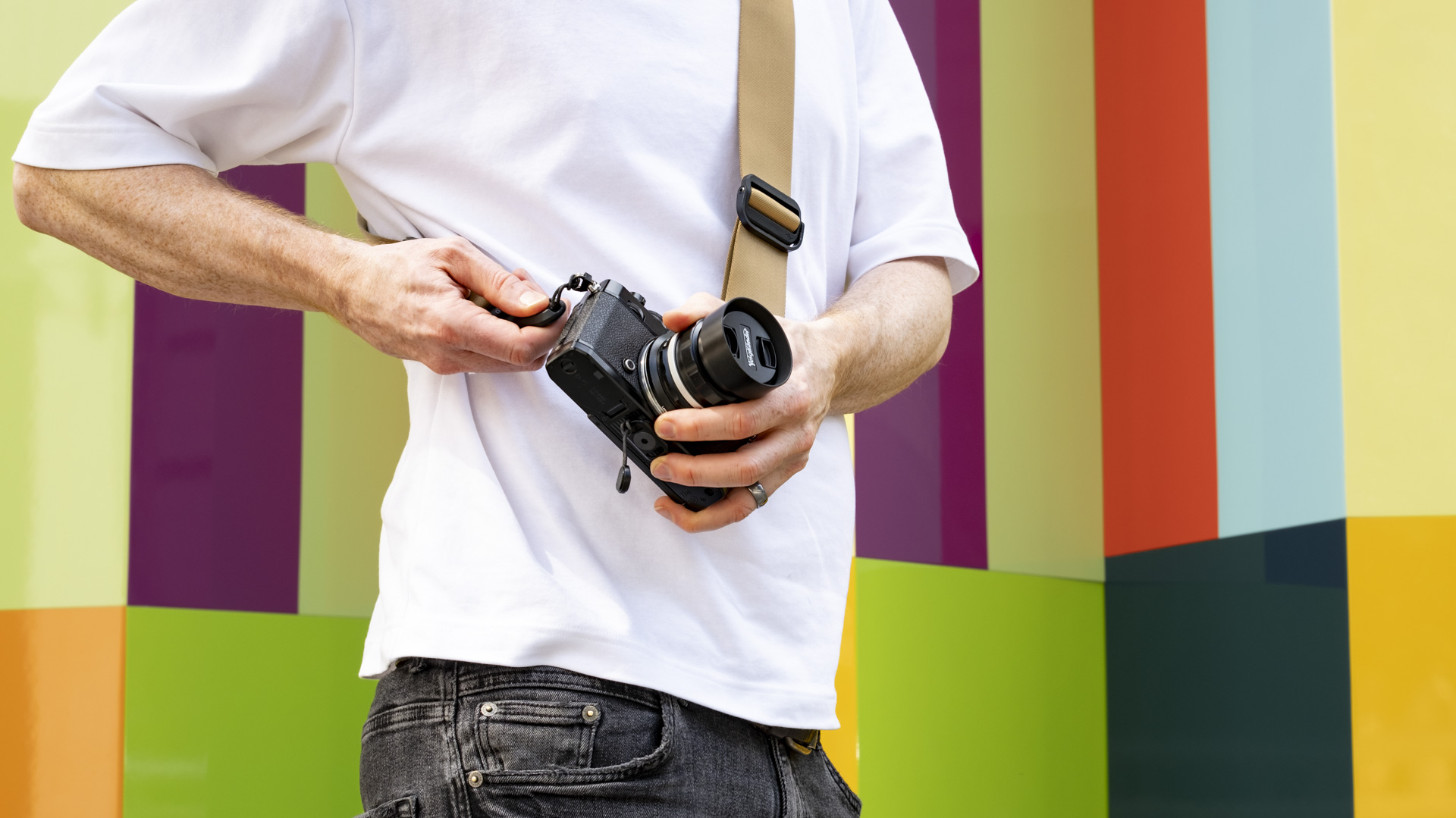
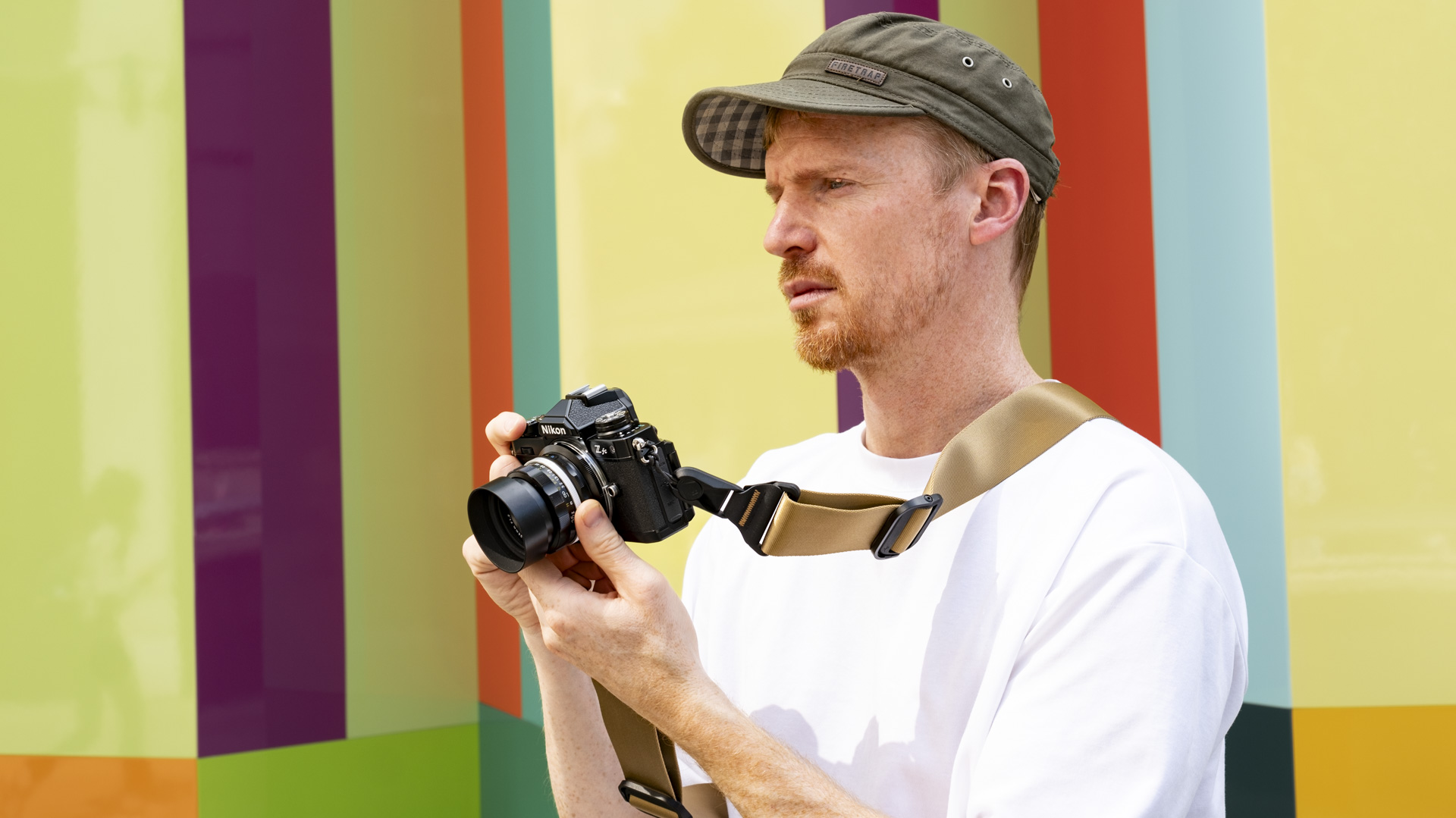
It's called the Slide for a reason. One side of the strap's surface is smooth and glides, which prevents the strap from sticking to your clothes when bringing the camera to your eye. There's also a grippy side for when you want the strap secure on your shoulder.
What's even handier is the clip lock over the strap-length adjuster. When sitting flush against the strap, the strap length is secure, but pull up the clip lock and it provides a firm grip to adjust the length of the strap, which is now unlocked.
Being able to quickly adjust strap length is again really useful. For example, if you're moving about or out biking you really don't want the camera swinging around on a long strap. With the Slide, you can quickly shorten its length to bring the camera tight to your body.
4. Superb quality
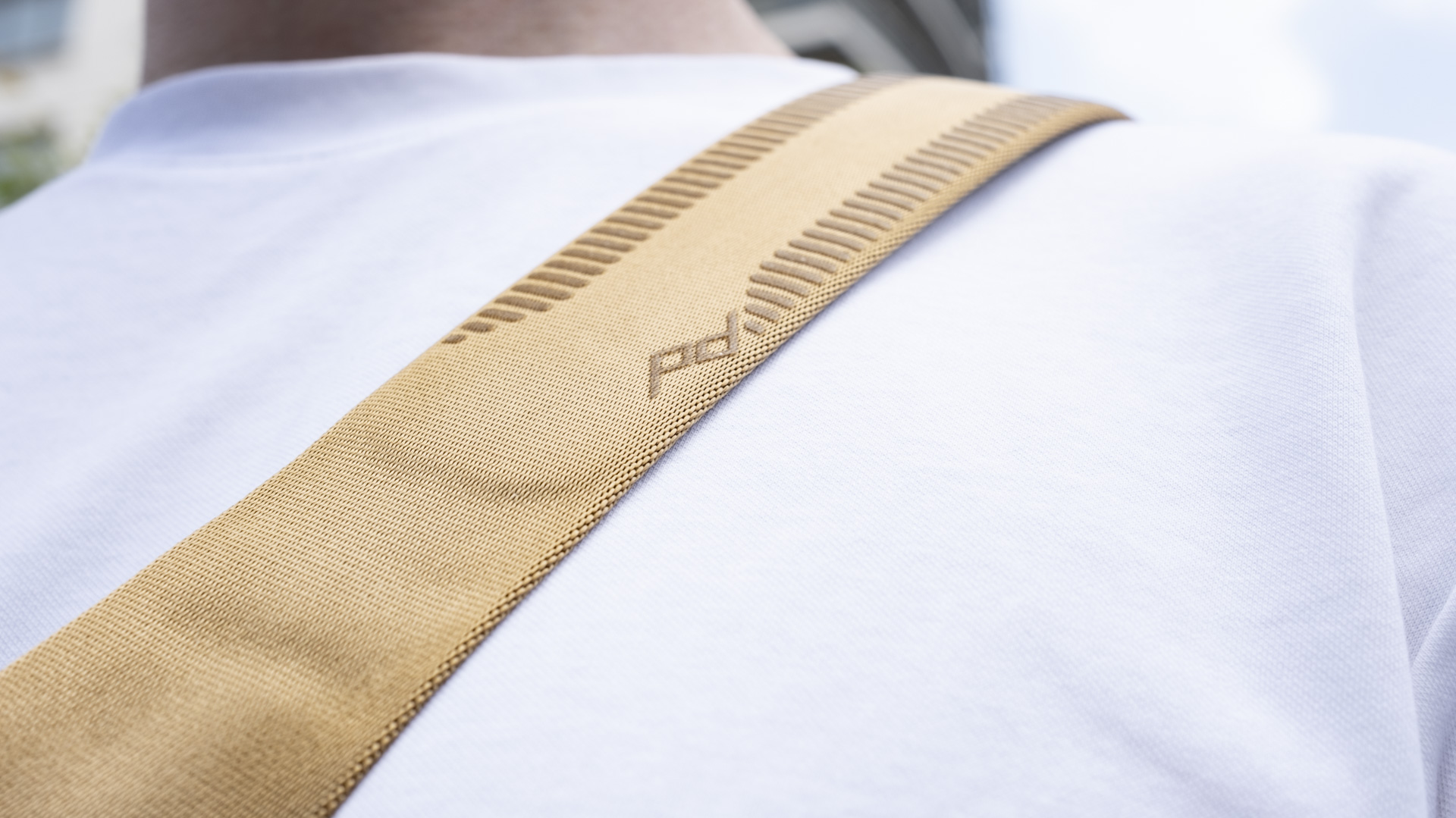
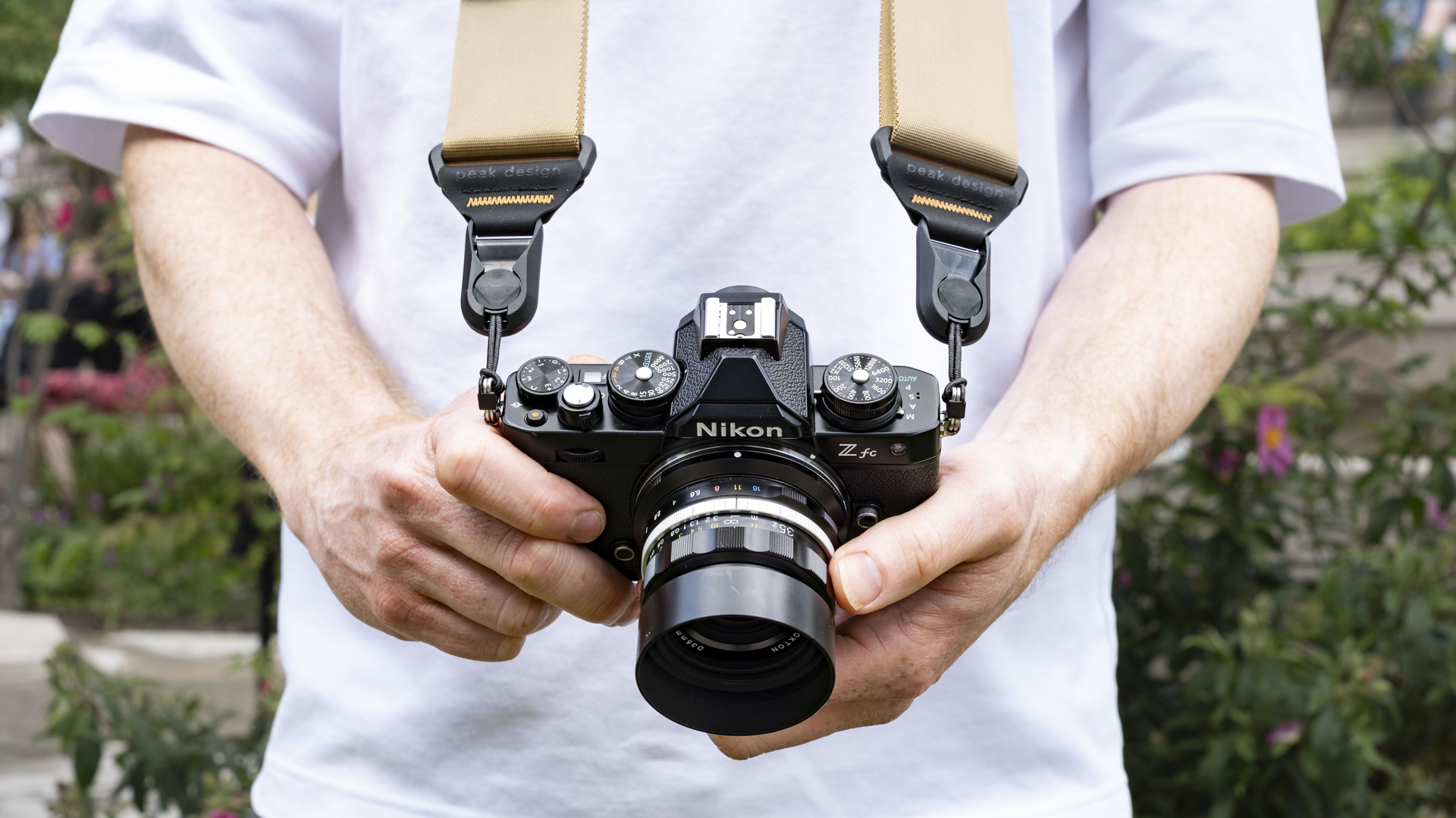

I've been using the Slide heavily for a few months now, and it hasn't worn one bit. The quality of the strap and the Anchor Links is top-drawer, and they can withstand heavy use without becoming damaged. Also, the tiny cord of the Anchor Links is strong enough to securely carry particularly heavy gear.
It's also a comfortable strap, despite the lack of shoulder padding, thanks in large part to the fact that you can easily modify the strap to a length and carrying style that suits you. Put simply, the Peak Design Slide should provide years of dependable use, offering a quick and easy way to carry gear across multiple scenarios.
I'd recommend the Slide Lite for most of today's mirrorless cameras, including the best travel cameras, while the thicker Slide fits better with heavier models, such as the best professional cameras.
You might also like

Tim is the Cameras editor at TechRadar. He has enjoyed more than 15 years in the photo video industry with most of those in the world of tech journalism. During his time as Deputy Technical Editor with Amateur Photographer, as a freelancer and consequently editor at Tech Radar, Tim has developed a deeply technical knowledge and practical experience with cameras, educating others through news, reviews and features. He’s also worked in video production for Studio 44 with clients including Canon, and volunteers his spare time to consult a non-profit, diverse stories team based in Nairobi. Tim is curious, a keen creative, avid footballer and runner, and moderate flat white drinker who has lived in Kenya and believes we have much to enjoy and learn from each other.